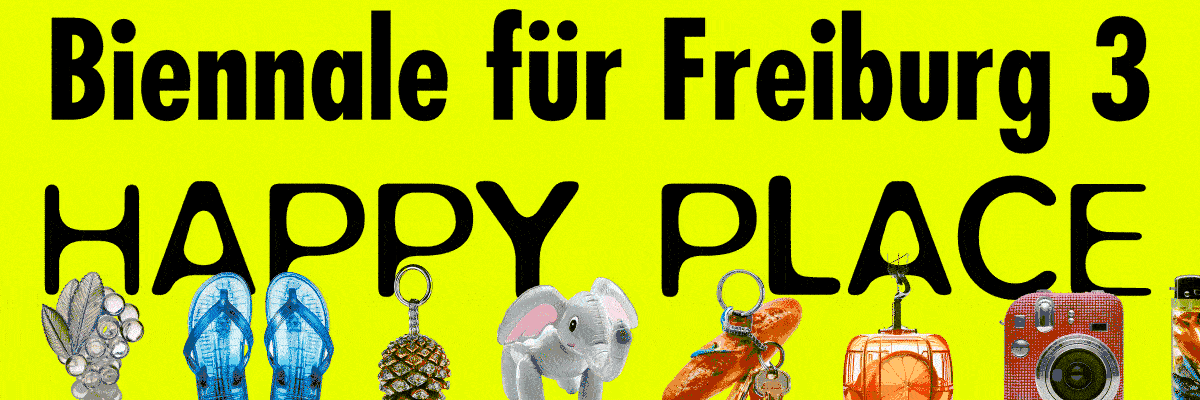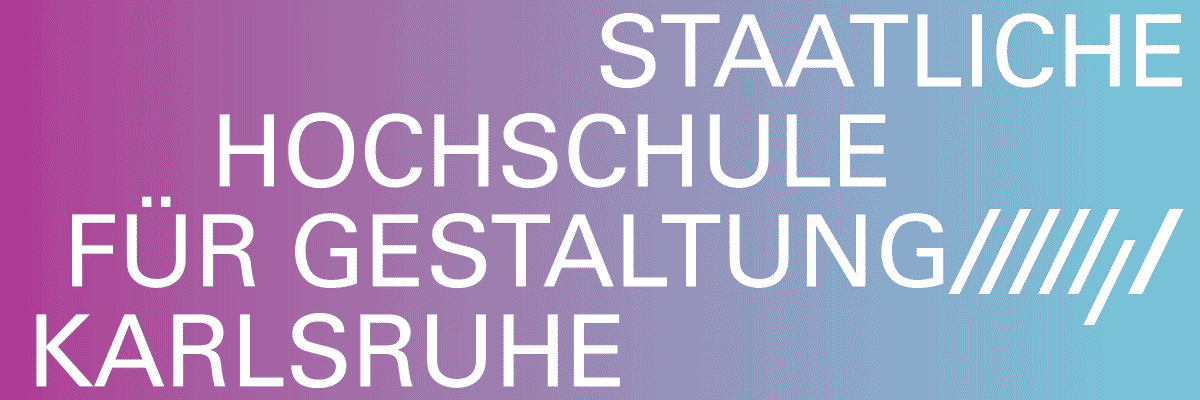
Lena Brudieux
Open spaces
Project Info
- 💙 At the Abbaye of Beauport – Paimpol (Brittany), France
- 🖤 Lena Brudieux
- 💜 Franck Balland / Translated by Katia Porro
- 💛 Léa Guintrand
Share on

Open spaces, Fountain 1 the smell of funfair
Advertisement

Open spaces, Fountain 1 the smell of funfair (detail)

Open spaces, Fountain 1 the smell of funfair (detail)

Open spaces, Fountain 1 the smell of funfair (detail)

Open spaces, Fountain 2 the smell of the accident

Open spaces, Fountain 2 the smell of the accident (detail)

Open spaces, Fountain 2 the smell of the accident (detail)

Open spaces, Fountain 2 the smell of drink the cup

Open spaces, Fountain 2 the smell of drink the cup (detail)

Open spaces, Fountain 2 the smell of drink the cup (detail)

Open spaces, Fountain 2 the smell of drink the cup (detail)
At this very moment of their story – a few short days before their settling in the Beauport Abbey, and thus just before their public appearance – and as I write these words, Lena Brudieux’s sculptures do not yet exist in their final form. It isn’t because the artist fell behind schedule during the summer, but because, like most of the objects that fill our daily lives, these fountain works were produced in different workshops, depending on the trades required to make them. This is one of the particularities of art in its most contemporary form: it can sometimes take on the appearance of a construction kit and, even worse, condemn its effects to a few weeks of installation.
But everything in due time, and before we move on to the tragic future of the work at the moment of its self-destruction, let us retrace the thread of its fragile existence. As is often the case, a multitude of intentions are concentrated in the making of pieces. Some perfectly conscious, others less so. Amongst many of Lena Brudieux’s clearly expressed initial desires is that of wanting to create soap sculptures for several years. The material is flexible, easily transformed, and its lightness responds to a certain nomadic lifestyle¹. Another advantage of the material is that soap’s greasy consistency is known to retain scents (surely the main commercial argument for it) and to diffuse their fragrance, in a more or less delicate manner, when it is moistened. This particular point corresponds to another desire: that of creating sculptures that are not only “visual” but also olfactory. Like other artists of the young generation², this enlarged field of art allows one to experience it internally and thus to share a different access to what it conceals – however less determined by a purpose than by a sensitive, reminiscent dimension. By opting for a device that borrows not only the form but also the operation of a fountain, the odour imagined for each room can thus be spread continuously throughout the open spaces of the abbey.
The sculptures conceived by Lena Brudieux respond to a double objective consisting on the one hand of physically integrating into a grandiose environment³, and on the other, of telescoping a set of impressions that are necessarily foreign to this very place. Along the way, the fountains with their distinct shapes escort smells that simultaneously memories and sensations that are difficult to express, that the artist wanted to bring to light. In the cloister, the euphoric and sweet notes of a funfair rise up, supported by the mixed scents of candy apple and cotton candy. Nearby in the chapterhouse, she attempted to recreate the shock of an accident, the exact nature of which escapes us, through acrid chords of spices and smoke. In the impressive nave, the proposal is just as abstract, almost synesthetic, since the emanation with aquatic tones refers to the expression “to go under”⁴.
Of course, all these olfactory compositions were created by a team of noses⁴ (the French term for perfumers), who accompanied Lena Brudieux in this complex translation exercise. It is easy to imagine the difficulty, for professionals used to harmoniously combining different fragrances, to prepare the blend that will adequately reflect such abstract notions as those expressed by the artist. Beyond the subjective projections that each person will link to his or her personal conception of the smell of an accident, or of drowning, there is the added difficulty of negotiating with perfume samples whose purpose remains, at this stage, essentially cosmetic. I previously mentioned the intentions, conscious or unconscious, retained in each work: we should now insist on the capacity of the audience to free itself from these intentions and to form new connections, new narratives from its own sensations.
One last thing must be mentioned, a corollary of the effects sought out by Lena Brudieux for the olfactory deployment of her work: that of the transformation of the materials that constitute it, starting with soap, whose wear and tear caused by the flow of water will lead to the constant metamorphosis of the fountains. The self-destructive event is not new in the history of art, from Jean Tinguely to Gustav Metzger, to name but a few, already widely referenced. However, here it is by no means definitive, since the consumable elements can be reproduced and replaced. It is, however, an entropic situation that is shown in the abbey, echoing Lucy Lippard’s 1966 reflections on what she called “eccentric abstractions”⁵. She introduces in this term, qualifying the practice of a scene of female artists⁷, a whole register of elementary gestures informed by a sensitive, even sensual, approach to materials. She also insists on a certain phenomenon of “letting go” often present in the process of artistic creation. Feeding the shapelessness in the making with a soapy deliquescence, this letting go, as much as the space granted to multiple interpretations, appears to me as a current way to impose nothing in terms of meaning. It is rather a question of putting the notion of experience back at the core, and through a multiple sensory apprehension of the effects of the work, continuing to believe in what it can reach most intimately.
¹ An important parameter for someone who lived in Bordeaux, Lausanne, Pougues-les-Eaux, Honolulu, Paris, Hong Kong, Bègles, Athens, and recently Nérac, within the span of a relatively short period.
² A few French examples include Clémence de La Tour du Pin, Morgan Coutois, Antoine Renard, as well as international examples such as Sean Raspet and Anicka Yi.
³ In this respect, the project does not seem to be trying to compete with the masterly romantic impression offered by the ruins, but rather to respond to it with fluid and organic outgrowths.
⁴ Translator’s note: in French the expression employed here is “drink the cup” which literally translates to “drink the cup”, yet refers to a sensation of drowning, or going under.
⁵ Studio Flair in Paris.
⁶ The exhibition “Eccentric Abstraction” curated by Lippard at Fischback Gallery in New York marked the first occurrence of the term.
⁷ Amongst which were Louise Bourgeois, Eva Hesse and Alice Adams.
Franck Balland / Translated by Katia Porro




